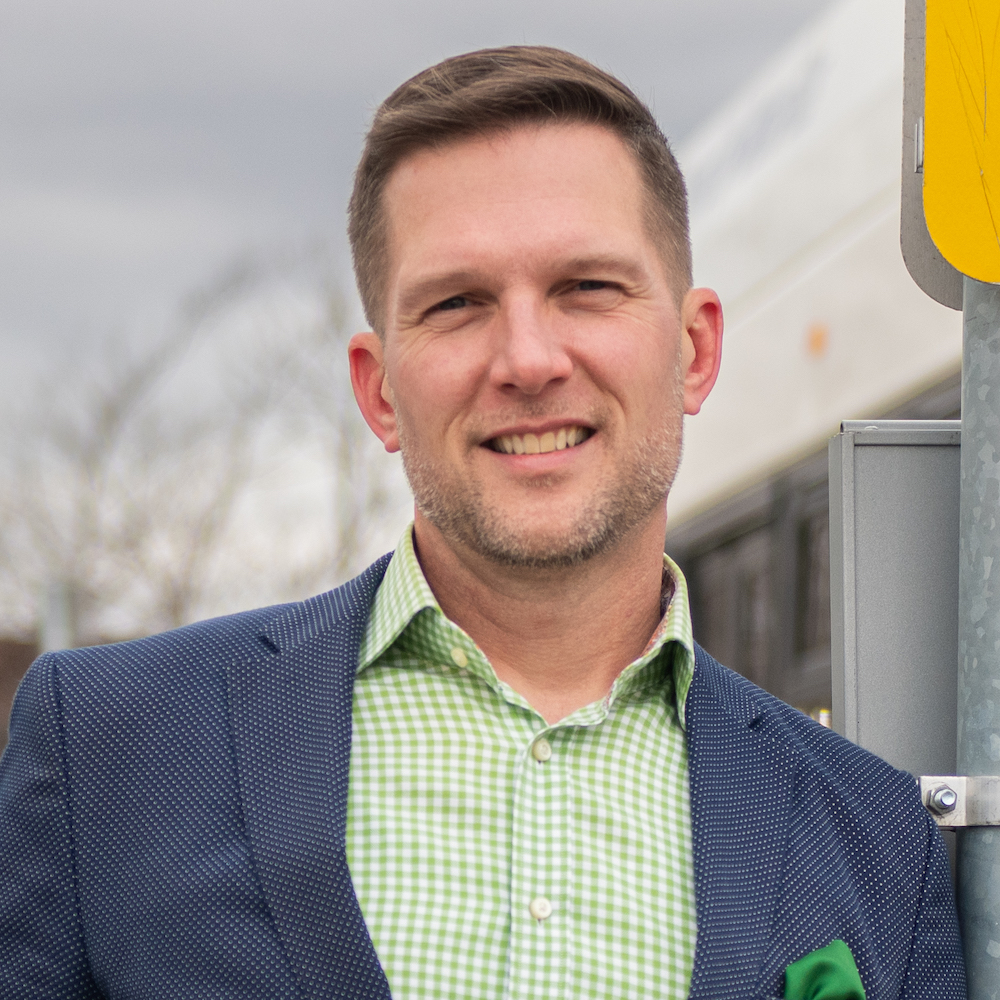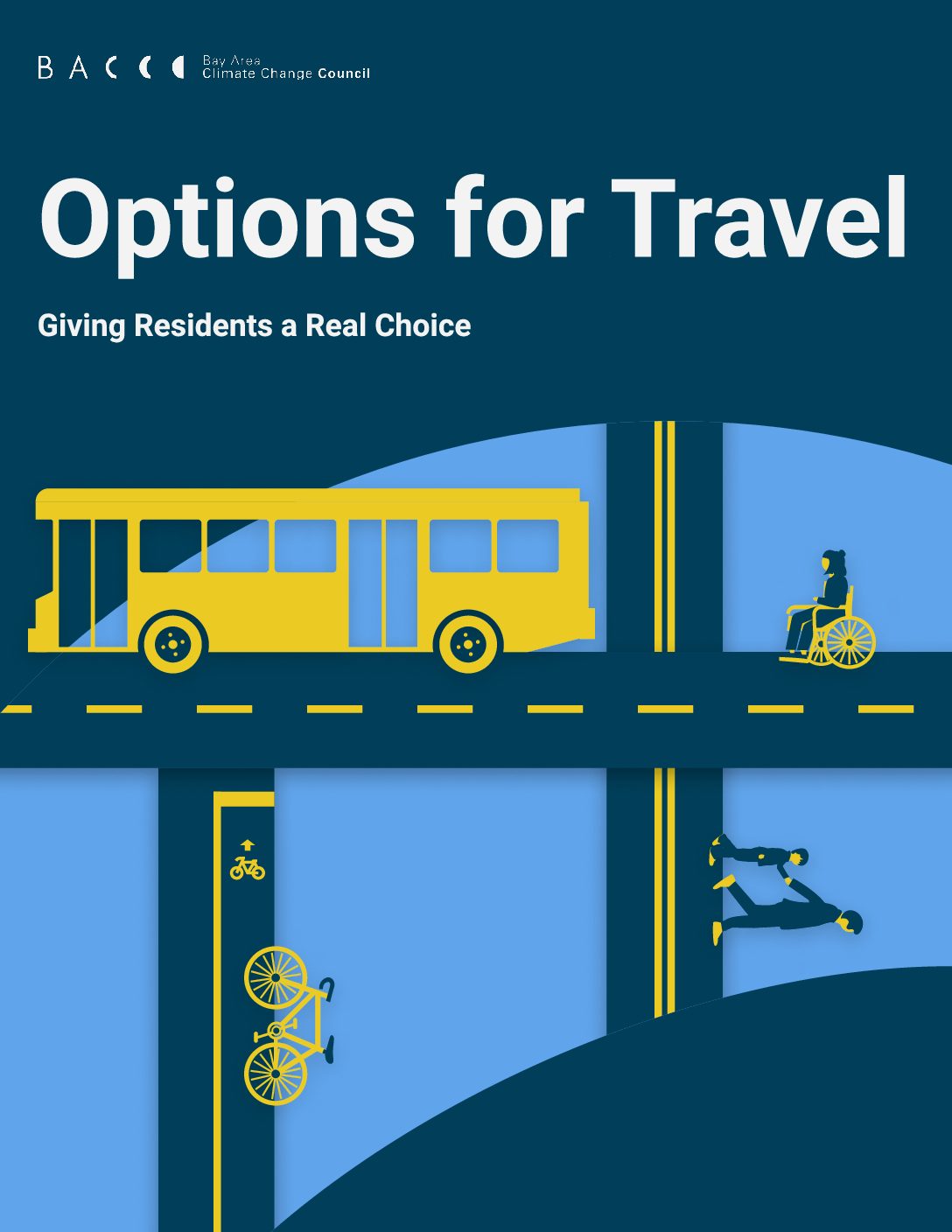BACCC asked all municipal candidates for their views on environmentally-friendly transportation options, presenting them with these three questions. Views expressed are solely those of the candidates and do not reflect the views of BACCC or its members. All responses have been reviewed to ensure appropriateness and relevance to the questions posed. We encourage you to make an informed decision by researching your local candidates.

Hamilton Mayoral Candidate Keanin Loomis
From the recommendations in BACCC’s Options for Travel report, which would be your top priority to enact to ensure safe, reliable, convenient and equitable transportation options?
While all of these recommendations are part of my platform, the top priority from the report would be “Improving public transit.” I am in support of LRT, advancing planning for the A line and then the rest of our rapid transit network, providing free transit for children and seniors, and increasing transit service to areas currently not served by public transit. Increasing service is a priority to make HSR and transit a preferred mode. I also fully support recommendation 5 from the Public Transit section to conduct a feasibility analysis of service to business parks. I believe that would have trickle down effects to attracting employees and future employers who know that their staff can get to work reliably and safely, without needing access to a car.
If environmentally friendly transportation options are not convenient, residents will be less likely to choose those options over driving.
What steps would you take to ensure environmentally friendly transportation options are convenient?
For public transit, ensuring Hamilton’s public transit system reflects the needs of our citizens of today and the future by redefining our transit routing, particularly the connections between communities and to GO Transit. We also need to build LRT and the additional 4 rapid transit lines and expand transit service to areas not currently served by transit. For bike lanes and pedestrians, we need to consider where lanes and sidewalks are. My running route has a desire path where people walk because there is no sidewalk. Without a sidewalk, people don’t feel safe to walk, parents don’t want their kids to walk to school, and it is particularly hazardous in the winter. If it’s too far to get to a bike route where you feel safe and protected from cars you are also unlikely to choose that option. Those pain points will be discovered through our Complete Streets Review.
Environmentally friendly transportation needs to be perceived as safe in order to be viewed as a viable option.
What steps would you take to ensure all users feel safe when using all transportation methods?
I am calling for proper implementation of Vision Zero, to double the city’s protected bike lanes by 2026, and for a complete streets review for every ward to consider how all users move around and allow planners to hear directly from people where the pain points are so that we better understand the barriers to using environmentally friendly transit options. If a particular crossing is unsafe, or a stretch of road unsuitable for biking, or a bus stop poorly placed to support connecting to different transit modes, let’s fix them. We will engage a third-party evaluator to develop an annual report card to track our Vision Zero implementation efforts and ensure there is budget allocated to vision zero each year. We will expand advanced pedestrian signals and scramble-style intersections city-wide, particularly near schools, places of worship, transit nodes, and other high-traffic pedestrian areas to improve road safety for all users.
